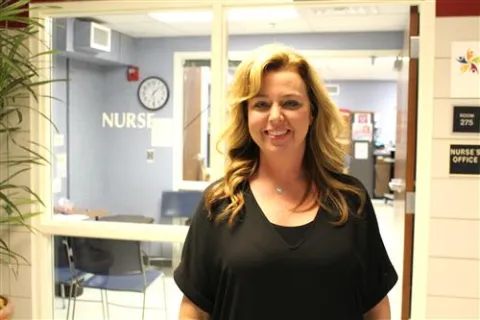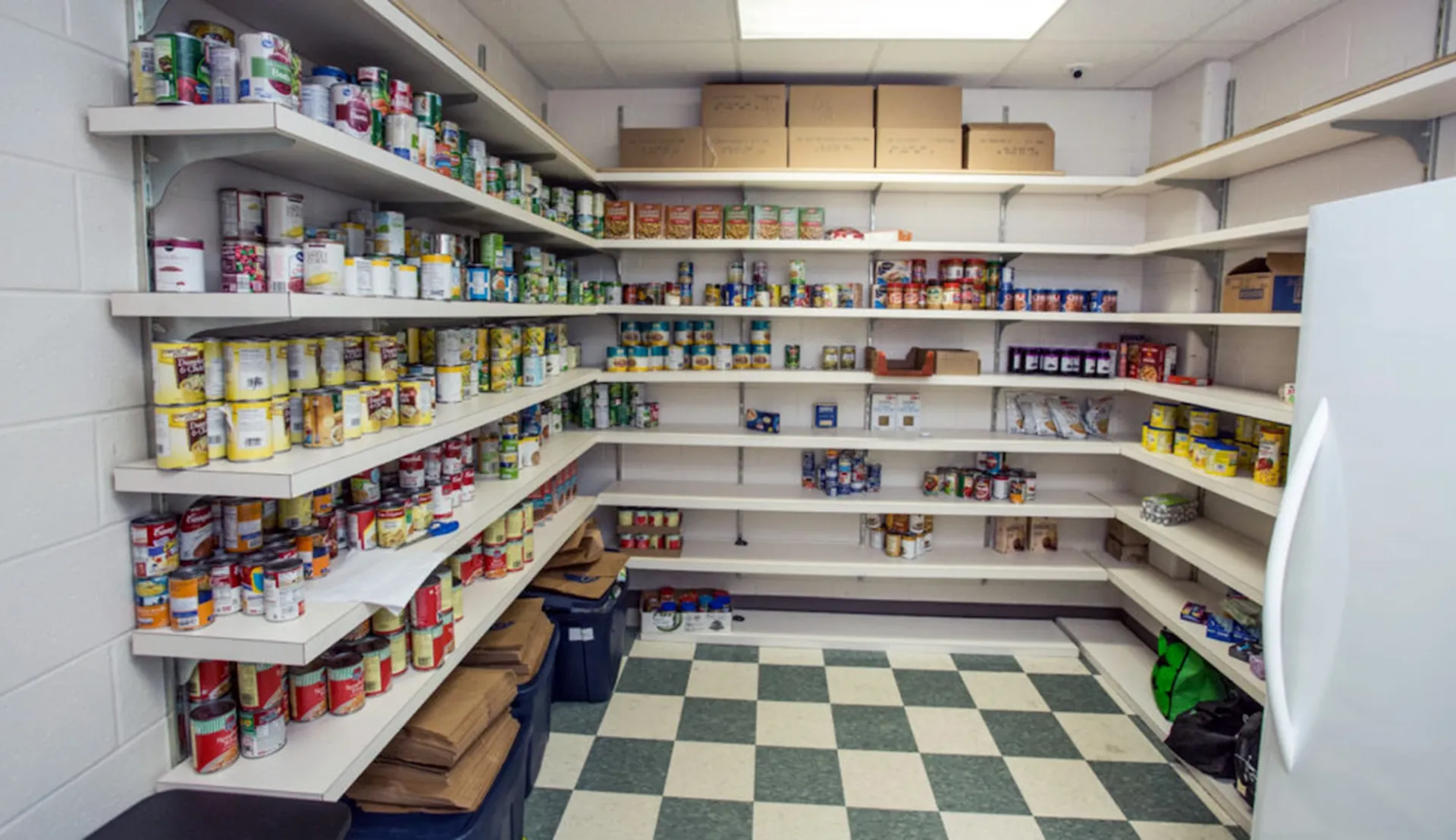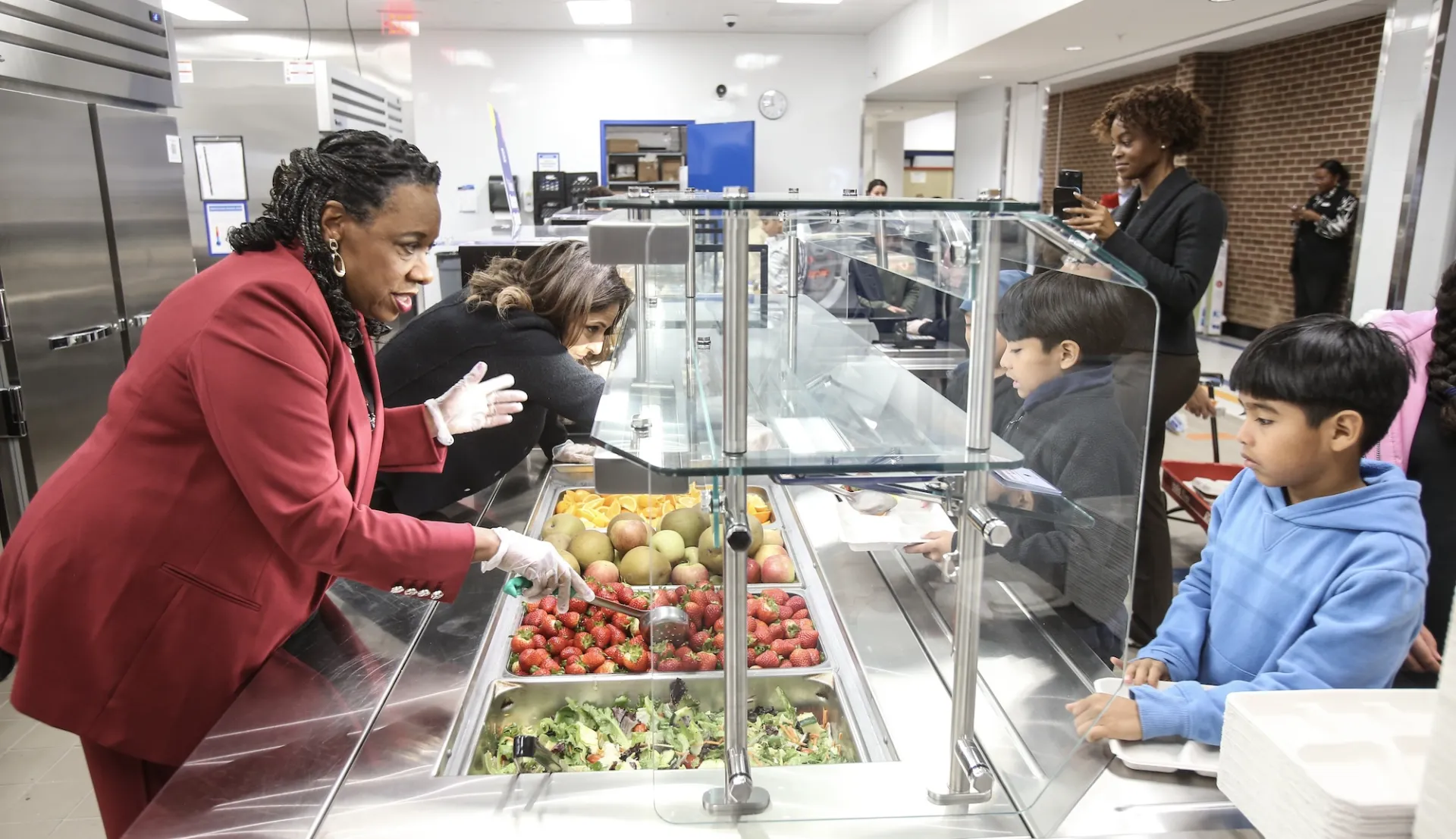Educators know that the recent interruption of SNAP benefits due to the government shutdown plus looming program cuts that could reduce access to school meals will negatively affect students' engagement in school.
Over the last few months, school nurses, teaching assistants, engagement coordinators, and other Education Support Professionals (ESPs) have gone above and beyond across the country to assist in addressing the potential effect this loss of benefits can have on students and their education.
ESPs across the country are working to ensure that students do not go hungry. They quietly manage food pantries, stock backpacks on Fridays, and assist in administering vouchers to families in need.
They are doing it all while still earning some of the lowest wages. In fact, roughly 9 percent of all ESPs rely on the SNAP program themselves; the rate goes up to 17 percent among school food service workers, according to NEA research from 2022.
Here are three stories of NEA-ESP members who are doing all they can to prevent students from facing hunger.
Lori Harmon, Missouri
At Glendale High School in southwest Missouri, School Nurse Lori Harmon is a source for community aid.
"We identify kids who are at risk for food insecurity. Sometimes parents reach out, sometimes the kids do, sometimes it's a teacher or community member," she said. "Once a referral is made, we reach out to the family to see what their needs are."
Harmon's school also assists families with Walmart vouchers. The system allows families to shop for groceries directly.

"We can request Walmart vouchers where families can pick out the things they actually like and need," she said. "It's nice because it gives them dignity and choice. They're not just being handed a box of food."
Harmon and her school look for more than just hunger when assisting a student in need. They try to address multiple needs that often go unaddressed when a family is facing food insecurity.
"When we're making a food referral, we also make sure that we hit clothing, hygiene, household, cleaning, and laundry," she said. "It's not just food. Addressing all the needs of the family increases [students’] self-esteem and their success in the classroom,"
Through partnerships with nonprofit organizations like Care to Learn and local churches, the school operates a backpack program on Fridays that fills the backpacks with food items that kids can grab and take with them. However, because of the SNAP cuts, more families are relying on these resources.
"A full belly is one thing," she added, "but they also need shoes, coats, and clean clothes. When SNAP is cut, all of it gets harder."
Keila Carvalho, Rhode Island
In South Kingstown, Rhode Island, teaching assistant Keila Carvalho says some students look forward to coming to school because they know they'll get to eat. She does what she can to help keep kids fed when needed.
Every November, Carvalho participates in her district's food drive with the Johnny Cake Center, a local pantry that has been a part of the small town for decades.

"Families bring food, kids bring food in their backpacks, and we just make sure it all gets collected.”
Her district is fortunate to have strong outreach programs and community support, ensuring that students' basic needs are met day to day.
"If I see a need, I'll offer help however I can," she said. "In the past, if a student in my room was hungry, I'd just make sure they had what they needed."
For Carvalho, ensuring access to food is an all-hands community effort, supported by staff and the members of the town.
"It's really about making sure kids can focus on learning and not be hungry," she added.
Samuel Reddick, Florida
In Orange County, Florida, Samuel Reddick, a parent-family engagement coordinator, runs his school's food pantry out of his car.
"Every other Thursday, I give out about 55-plus bags," Reddick said. "And during the week, I hand out canned goods twice."
His pantry serves not only students, but also many people in the community. "You'd be surprised who shows up," he said. "You have people with Teslas needing food now. It's a genuine need."

He estimates a 105 percent increase in demand for the food pantry over the past year, due to the changing economic climate.
"About 10-15 percent of our pantry users are staff," he said. "ESPs didn't get a pay increase that matches the cost of living. They're coming to school to meet kids' needs, but their needs aren't met either."
When his leading donor for the food pantry faced funding cuts, Reddick refused to close down the pantry. Many of his family members are immigrants who do not trust organizations.
"Outside of school, everything looks like the government," he explained. "They don't trust other pantries, but they'll at least come to the school car loop."
He watches for quiet signs, like kids who may linger in the nurse’s office for snacks, pocket their lunch to take home, or even lose interest in sports or clubs they were passionate about.
"Students try to protect their parents," he said. "They hide their hunger because they don't want their family to get in trouble."
Therefore, Reddick takes a unique approach to understand the needs of a student, to relieve some of the stresses they may carry.
"I call it 'first breakfast,' he said. "' Hey, I've got something, want to eat with me?' That opens the door to everything else they need – toiletries, laundry, and food."







